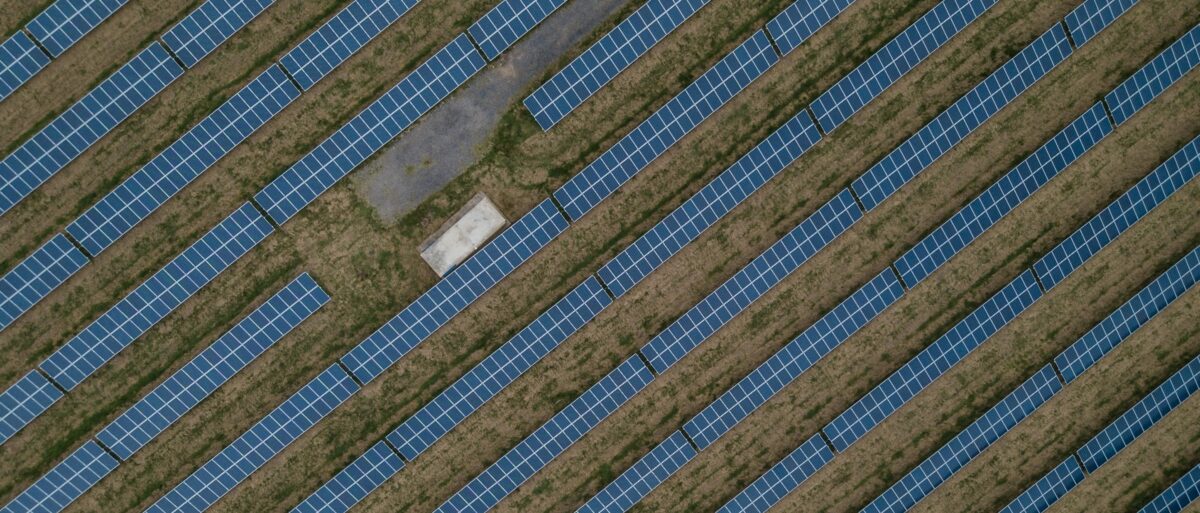Scientists from the University of Jaén in Spain have developed a novel method for monitoring PV plants from remote sensing data. Their method utilizes an unmanned aerial vehicle (UAV) equipped with a dual RGB and thermal camera that is flying over a PV plant. With those two cameras, different algorithms create 3D models.
“The key contribution of this study is twofold,” said the academics. “First, the thermal image mapping on dense and high-resolution point clouds that represent the status and geometry of PV solar modules, and second, the automatic identification of individual solar panels in 3D space and their thermal characterization along their oriented surface.”
The group used a DJI Matrice 210 UAV equipped with a Zenmuse XT2 camera, which combines a FLIR Tau 2 thermal sensor with a 4K RGB camera. After flying the device over both urban and rural plants for about half an hour, image processing occurred on the Pix4D software.
Computer vision algorithms were used to detect individual solar panels. The software first detects canny edges, then employs morphological operations, later conducts edge extraction, and wraps up with edge filtering. It uses the data collected from the thermal camera to extract temperatures for each identified panel.
“The final stage involves estimating the average temperature of each solar panel,” the team explained. “At this point, we have a set of 3D points for every panel. Therefore, the following step is narrowed to querying their thermal data and calculating the average temperature. In this manner, a representative temperature is calculated for the entire panel.”
After testing the detection method and comparing it to the actual results on the ground, the scientists found that its accuracy was “exceptionally high” at 99.12% in the urban landscape and 99.31% in the rural landscape. Furthermore, 0.88% and 0.69% of false negatives were observed, respectively.
As for the accuracy rates for extracting the temperature of photovoltaic panels, they found the minimum observed value of 0.0010 degrees and a maximum of 0.2607 degrees. “That indicates a high agreement between the manually and automatically extracted temperature,” they added.
The novel method was presented in “Automated detection and tracking of photovoltaic modules from 3D remote sensing data,” which was published in Applied Energy. “This methodology has significant potential to improve the management, monitoring, and performance evaluation of photovoltaic solar panel installations, contributing to the advancement of renewable energy technologies,” concluded the researchers.
This content is protected by copyright and may not be reused. If you want to cooperate with us and would like to reuse some of our content, please contact: editors@pv-magazine.com.



By submitting this form you agree to pv magazine using your data for the purposes of publishing your comment.
Your personal data will only be disclosed or otherwise transmitted to third parties for the purposes of spam filtering or if this is necessary for technical maintenance of the website. Any other transfer to third parties will not take place unless this is justified on the basis of applicable data protection regulations or if pv magazine is legally obliged to do so.
You may revoke this consent at any time with effect for the future, in which case your personal data will be deleted immediately. Otherwise, your data will be deleted if pv magazine has processed your request or the purpose of data storage is fulfilled.
Further information on data privacy can be found in our Data Protection Policy.